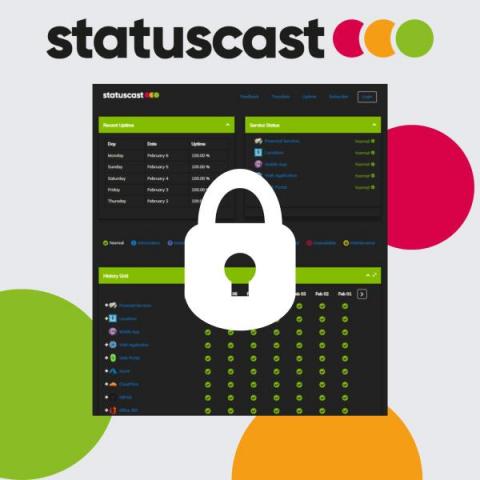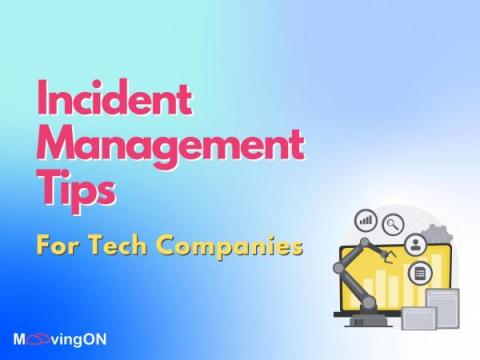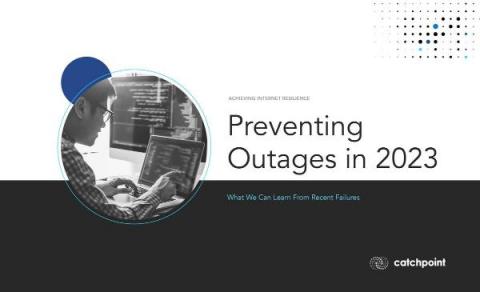Operations | Monitoring | ITSM | DevOps | Cloud
Latest News
Private Status Pages Are The Key To Effective Incident Management
The IT team for a large organization plays a crucial role in ensuring the smooth operation of the company’s technology infrastructure. One important aspect of their job is incident management, which involves identifying, assessing, and resolving issues that arise with the technology systems. IT teams utilize status pages to interface with end-users in order to inform them of system status, downtime and maintenance.
Incident Management: Tips for Tech Companies
A seemingly straightforward technical problem can often have explosive consequences. Say a tech team restarts a cloud server overnight; those few minutes of downtime might trigger a problem elsewhere and cause your app to crash. The following morning, customers can't access your services, you're trending on social media for all the wrong reasons and your customer service reps are left to pick up the pieces. Scenarios like this prove the value of incident management. But you need best practices that ensure incident management does what it's supposed to do. Otherwise, it's just another buzzword. Here are some best practices for incident management that you need to incorporate into your tech organization.
Incident Management Process | A Step-By-Step Guide
5 tips for a successful on-call duty
On-call availability is crucial for many industries, especially in IT. With the growing reliance on IT systems and services, their availability directly impacts the success and satisfaction of customers. To ensure round-the-clock availability, on-call services are vital for prompt responses to emergencies and issues.
Four ways tech will evolve in 2023
Will artificial intelligence (AI) end up emphasizing the importance of human emotions? What’s next for company operating budgets? And is a reckoning coming for managed service providers (MSPs)? In a recent episode of our That’s great IT podcast, we invited an expert panel to discuss all of this and more. The panel consisted of three returning guests: They shared the top IT trends they’ve seen in their industries and how they expect those trends to play out in 2023.
The Fundamentals of Enterprise Incident Management
In the world of enterprise major incident management, integrating partial or full automation across each stage of the incident response and management lifecycle makes a big difference to the speed incidents are addressed and the data you have to understand them afterward. Gartner coined the term “Incident Response Automation” in its 2020 report Automate Incident Response to Enhance Incident Management.
Preventing Outages in 2023
The outages span the giants of the Internet and some of the biggest failures of IT resilience we were subject to – from AWS’s trifecta of outages in December 2021 to the October ‘21 outage that took down Facebook, Instagram, WhatsApp, and interrelated services. We also look at some more intermittent outages that you may have missed.
Making transparency a principle of your company's culture
You’ve probably heard the phrase “transparency is key” more than you can bear at this point—so let’s get this out of the way. Transparency is key. The phrase suddenly became that much more unbearable. But before you drop off, let me also communicate something else: transparency is often not enough. Often, companies make the mistake of leaning on transparency as a catchall solution to many of their internal comms issues.











